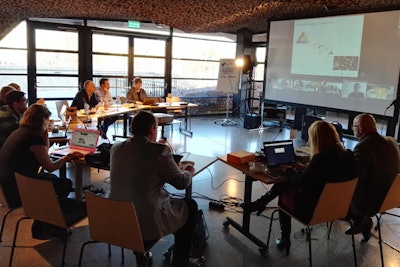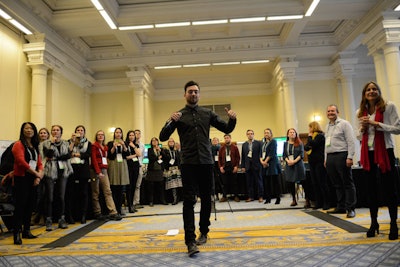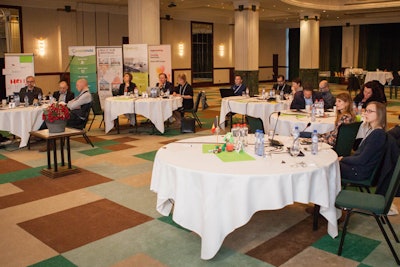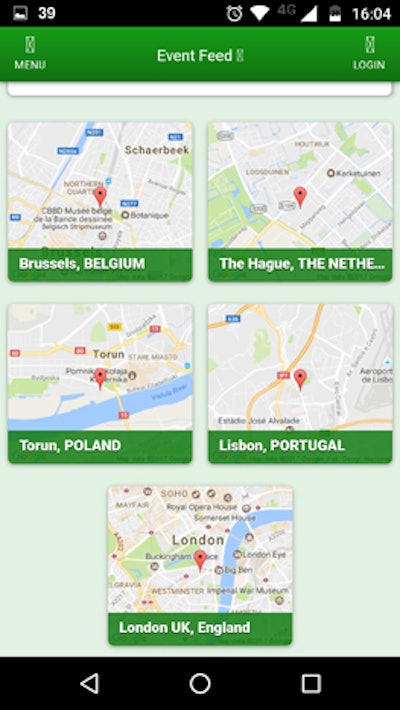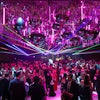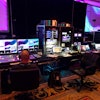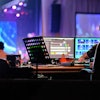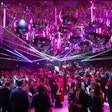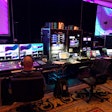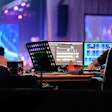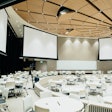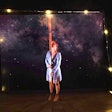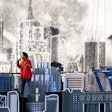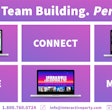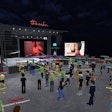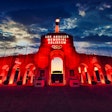Each year, the Meeting Design Institute in Belgium hosts the Fresh Conference, a conference for planners focused on the latest trends and tools for effective meetings and events. This year organizers tried a new format for the two-day event. Rather than gathering in one location, they selected five cities—London, Lisbon (Portugal), Brussels (Belgium), the Hague (the Netherlands), and Torun (Poland)—to host attendees that experienced the program simultaneously via technology. There were about 30 participants in each city, along with a facilitator and speakers. We spoke to Maarten Vanneste, president of the Meeting Design Institute, to find out more about this format.
Why did you choose to switch to a multi-city format this year?
The Fresh Conference is all about innovation. This is a new type of meeting that we see more and more and that is reaching a tipping point in reliability and pricing. Therefore I thought it was a good time to offer it to meeting professionals to experience a real multi-city meeting. We are going to test [attendee] opinion more with a full survey in the coming days, but I have the impression it worked really well.
You designed this so each of the five locations was equal, rather than the more common format of a main conference taking place in one venue with people in other locations watching via streaming. Why is that?
The main conference and satellites is a weaker proposal. It’s a weaker experience for attendees to be in a satellite. We wanted to be as close as possible to a real meeting, and we wanted to show to meeting professionals how it feels to be almost in the same room. A real conference—when people really meet and can talk to the speaker—that’s the widest emotional bandwidth you can imagine. And we are just below that. Because you do have groups of people, five groups. You do have people next to you, you do have face-to-face communication. And you can have dinner and lunch with each other.
Tell us about how the technology was used to connect the participants in the five locations.
We had two cameras in every site. These were robotic cameras controlled by one technician. The speaker needs to be shot in closeup, so you see facial expressions. I heard people say that even when the speaker was in their room, they would watch him on the screen. The other camera was on the participants. There is enough movement to make everyone feel they are sometimes on the screen. Then in each location, there were push-to-talk microphones with built-in speakers on every table. Everybody had a microphone in arm's reach and they could push the button and speak to everyone else. So there is a density of visual and sound connection. We had a fierce debate between a buyer in Brussels and supplier in London. It was such a powerful demonstration. It was a real debate with real back and forth and no delay. That is I think the closest you can get to a face-to-face meeting.
Were there any issues with people in separate locations trying to talk at the same time, talking over one another?
It’s no different than a normal conference where people might talk over each other. It’s interesting that people are concerned about this … but push-to-talk microphones work like a charm. People are polite. They have people sitting at their table so they are concerned with how they behave, and there are other people that see you because you will be on screen, so you think before you start talking.
How did you structure the agenda?
We planned to have 50 percent of the time for discussion and Q&A, and the other half of the time with speakers. Some were panels so there would be someone speaking in every location. We also had a beatbox workshop and a drawing workshop. And we did a co-creation session, which were sort of virtual breakout groups. For one hour, there were tables in each hub focused on five topics. All the people at table one in London and Poland and Brussels, etc., would be talking about the format of multi-city meetings and somebody would type in ideas into a shared document. It was a discussion in text and a discussion around the table. During the hour you could go to three of the five topics and one person remained at each table as the topic specialist. It worked so well. We collected more than 1,200 ideas and comments in one hour.
Do you think five was the right number of cities for this format?
This is something we are investigating. I think there is a limit to the number of hubs you can have if you want to still have an emotional connection between locations. I would recommend if people do a similar multi-hub meeting with the idea of having equality amongst hubs, to make sure you select cities where you have a local community and preferably also a local team member or champion. That helps to identify local speakers on each topic.
Is this multi-city style best suited to certain type of events or organizations?
If you are a corporate [entity], and you would invite staff and pay their travel and hotel, the savings can run into the hundreds of thousands. If you are an association, you don’t have to worry too much about the cost of hotel and flights. So the reason you might do it is if you are losing your participants. We had one speaker from a big medical association, and they are in a turbulent time because the regulations are getting to a point that doctors can’t travel anymore for education. So it becomes a different reason why they might use multi-city meetings.
